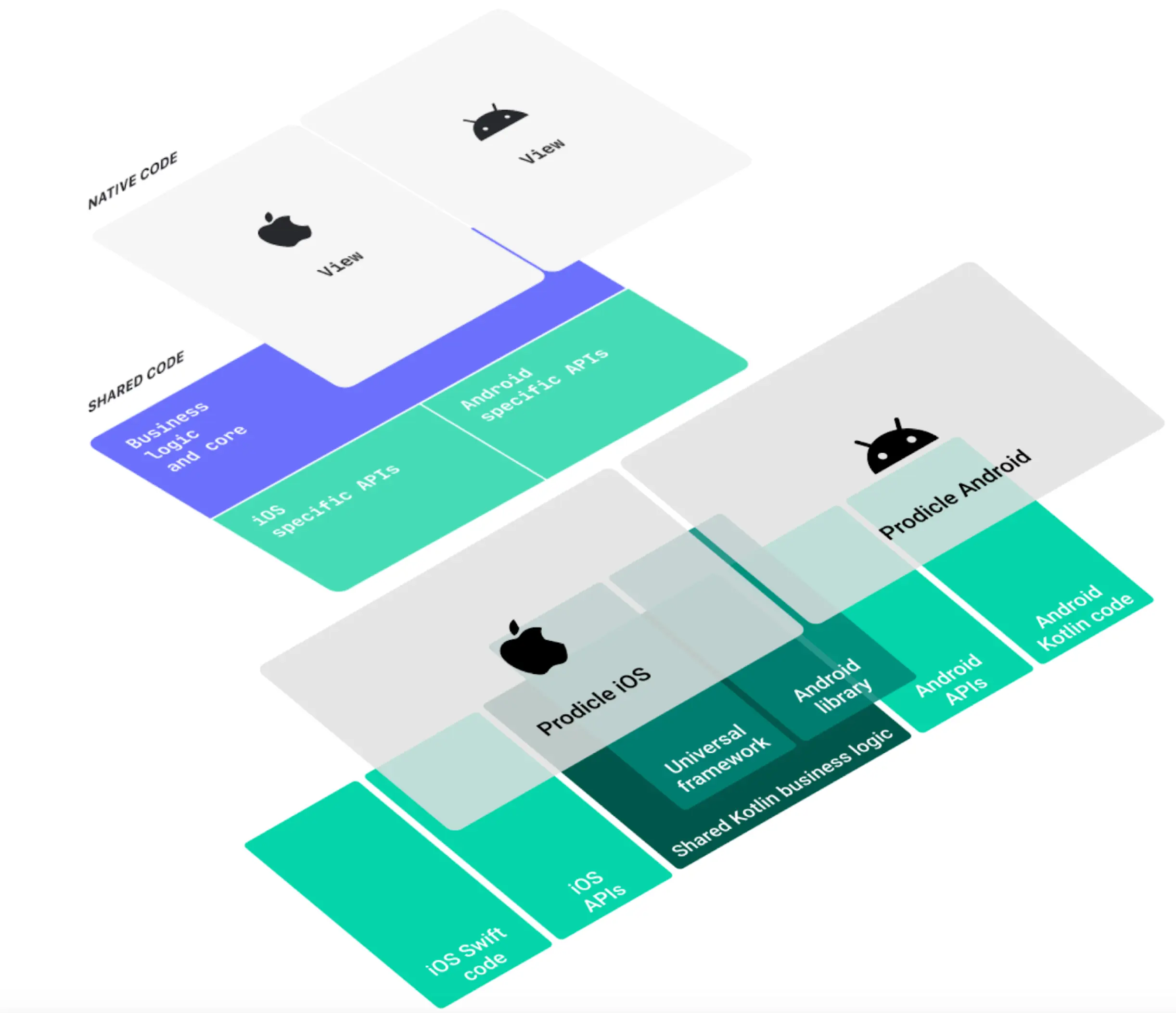
Remote work has become a common practice in recent years, especially after the outbreak of COVID-19. Many companies have embraced the idea of working from home, and as a result, remote work has become the norm for many employees. While remote work offers many benefits, it also comes with some downsides. In this post, we'll discuss the pros and cons of remote working and how it affects employees' day-to-day lives. We'll also compare remote and hybrid work, discuss flexibility, and provide tips on how to maintain a healthy work-life balance and stay focused while working remotely.
Pros of Remote Working
- Increased flexibility: One of the main advantages of remote work is increased flexibility. Employees have more control over their work schedule and can create a routine that suits their lifestyle.
- Time savings: Remote work eliminates the need for commuting, which can save employees a lot of time, money, and energy. This also reduces traffic congestion and pollution.
- Work-life balance: Remote work offers a better work-life balance, as employees have more time to spend with their families, pursue their hobbies, and engage in other activities.
- Increased productivity: Remote work eliminates distractions in the office, leading to increased productivity. Additionally, employees have the flexibility to work when they are most productive.
Cons of Remote Working
- Isolation: Remote work can be lonely, as employees are not physically present in the office. This can lead to feelings of isolation and disconnection from the company culture.
- Distractions at home: While remote work eliminates office distractions, it introduces new ones, such as household chores and family members.
- Lack of structure: Remote work requires a lot of self-discipline, as employees must create their work routine and stick to it.
- Blurring of boundaries: With no clear distinction between work and home life, remote work can lead to employees overworking and burnout.
Remote vs. Hybrid Work
Hybrid work is a mix of remote and in-person work, allowing employees to work from home some days and come into the office on others. This offers the best of both worlds, as employees can enjoy the benefits of remote work while maintaining the social and collaborative aspects of the office. However, hybrid work requires careful planning and coordination to ensure everyone is on the same page.
Flexibility with Remote and Hybrid Work
One of the most significant advantages of remote and hybrid work is the increased flexibility it offers. Employees can create their work schedule and work when they are most productive. However, it's essential to establish boundaries to prevent overworking and burnout. Managers should communicate clear expectations and guidelines to ensure everyone is on the same page.
Tips for a Healthy Work-Life Balance
- Establish a routine: Set a schedule and stick to it. This will help create a sense of structure and routine.
- Take breaks: Take regular breaks throughout the day to recharge and refocus.
- Set boundaries: Establish clear boundaries between work and home life. This will help prevent overworking and burnout.
- Stay active: Incorporate physical activity into your routine, whether it's going for a walk or hitting the gym.
Tips for Staying Focused while Working Remotely
- Create a dedicated workspace: Set up a workspace that is free from distractions.
- Set goals: Set daily or weekly goals to help you stay focused and motivated.
- Use time management tools: Use tools like Pomodoro timers and task lists to manage your time effectively.
- Take breaks: Take regular breaks to avoid burnout and increase productivity.
Conclusion
Remote work offers many benefits, including increased flexibility, time savings, and a better work-life balance. However, it also comes with some downsides.














